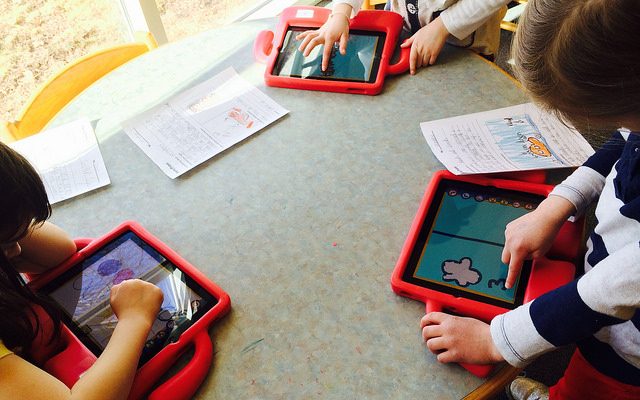For children to have an anti-racist early childhood education, many steps must be taken by parents and educators. Some of these steps occur before children even set foot in school. From equal access to quality education to the language surrounding how children speak about race and culture, here are a few foundational principles of creating an anti-racist early childhood education. Equal access to quality education All children do not have the same levels of access to high-quality education, daycare, and after-school programs. For the most part, children of color, children who do not speak English as a first language, special …
Continue reading “The Foundational Principles of Anti-Racist Early Childhood Education”








